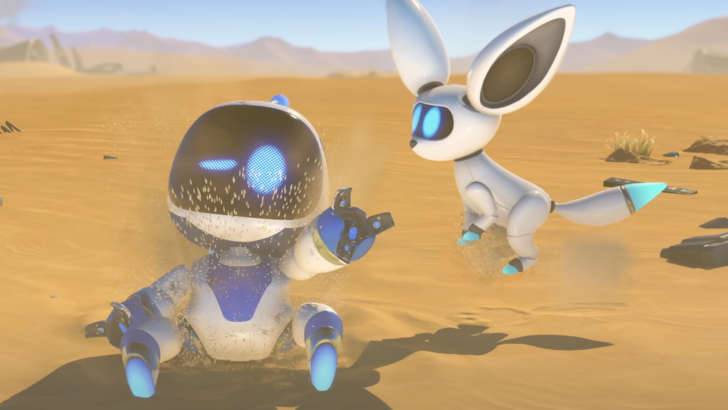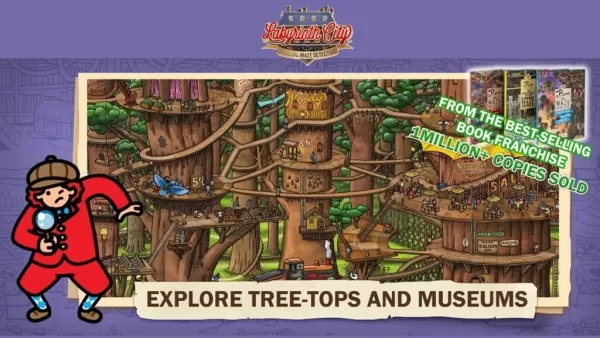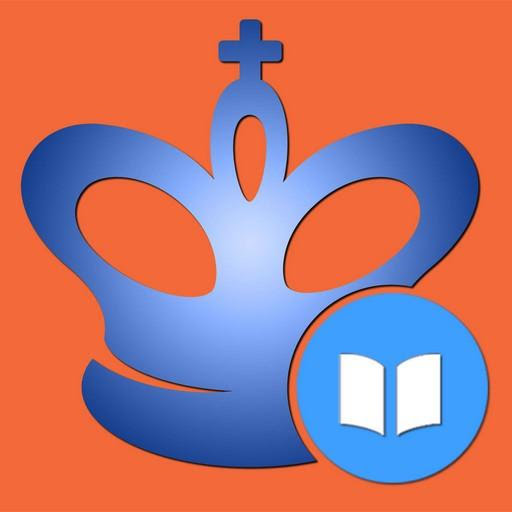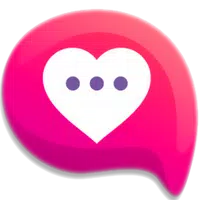
Sony's groundbreaking patent introduces an in-game sign language translator, enhancing accessibility for deaf gamers. This innovative technology, detailed in the patent "TRANSLATION OF SIGN LANGUAGE IN A VIRTUAL ENVIRONMENT," facilitates real-time communication between players using different sign languages – for example, translating American Sign Language (ASL) to Japanese Sign Language (JSL).
The system works by first capturing sign language gestures, converting them into text, then translating the text into the target language, and finally rendering the translated text as the corresponding sign language gestures. This process overcomes the limitations of sign language's geographical variations, ensuring inclusive gameplay.
Implementation could leverage VR headsets or head-mounted displays (HMDs), connecting wirelessly or wired to a personal computer, game console, or other computing device. The HMD provides an immersive virtual environment, enhancing the user experience.
Sony envisions a seamless multiplayer experience. User devices could communicate with each other and a game server, either locally or through a cloud gaming platform. The server manages the game's state, synchronizing the virtual environment across all connected players. This cloud-based approach allows for smooth real-time translation and interaction during gameplay, promoting inclusivity and accessibility in the gaming world. The patent highlights Sony's commitment to bridging communication gaps and creating a more welcoming gaming environment for all players.
















